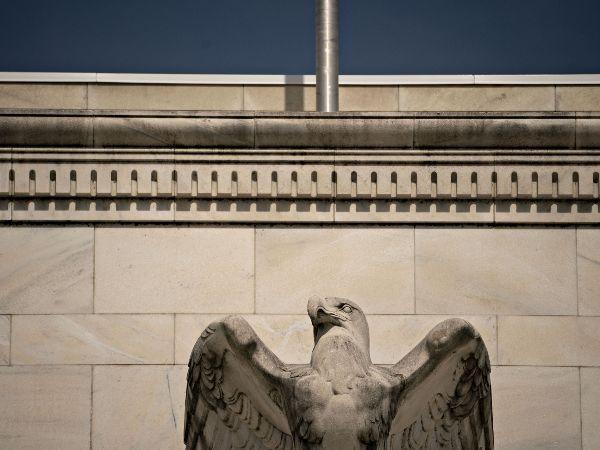Central banks are starting to accept that inflation is not temporary, but a long-term problem that needs to be addressed. Across the western world, the inflation rate is at a multi-decade high.
At the onset of the Covid-19 pandemic, stock markets collapsed. Whether it was the FTSE 100, S&P 500, the DAX, S&P ASX 200, the CAC 40, they were all hit the same. The month of March 2020 saw each of these internationally tracked indexes lose around 30% of their value. Governments panicked and turned on the quantitative easing taps. Interest rates, already low, were reduced to just above 0%. And this hyper-relaxed monetary policy has seen every asset class bubble up, across the UK, Euro Zone, Australia, and New Zealand. But in the USA, it appears that the situation could be about to get markedly worse.
This ‘bubble of everything’ can only end in one of two ways. Either assets will plateau for a significant length of time, allowing wages and the real economy to catch up. Or the bubble is going to pop. But as the economic damage would be disastrous, the Federal Reserve will delay the pop as much as possible. And in the long run, that could make the situation worse if the bubble eventually bursts.
The bubble of everything
GDP growth slowed from 6.7% in Q2 2021, to 2.1% in Q3, ‘led by a slowdown in consumer spending. In 2020, GDP fell by 3.5%, the first time it’s fallen since the credit crunch of 2009. However, the problem is that inflation in November hit 6.8% according to…



























































